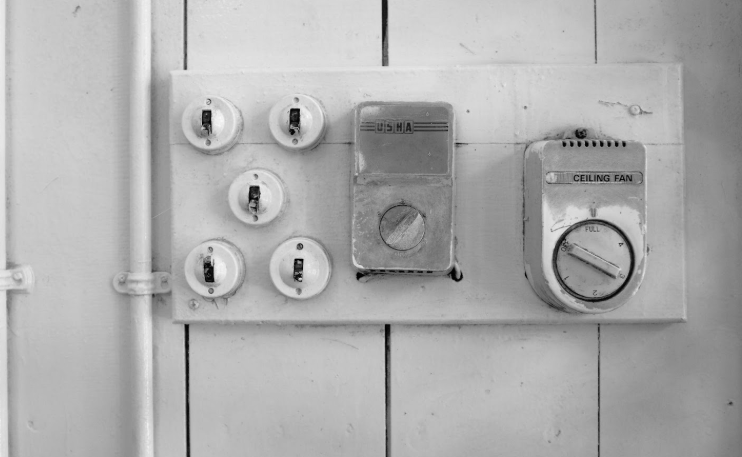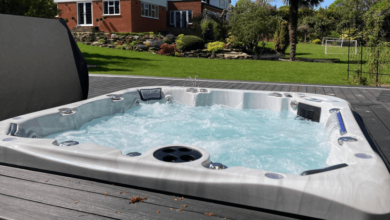Why You Require a Home Safety Plan

Home is where you should feel safe. But then, on occasion, accidents like fires, earthquakes, floods, or burglars happen when least anticipated. This is why having a home safety plan is a good idea. It prepares you, keeps your family safe, and makes you more confident.
These are the things that you need to know to make a good, smart, and safe plan.
Know Your Risks at Home
Every place has its own risks. Some places have more earthquakes. Other places get lots of storms or flooding. Stay informed of what kinds of hazards happen most often in your area.
You need to inspect which place water might enter, especially if you live in a flood prone area. You need to use polyurea waterproofing on the walls and basements so that moisture cannot enter. This small step will keep your items from getting damaged and will reduce future repair costs.
See also: 5 Common Home Improvement Mistakes and How to Avoid Them – Avoid These Costly Blunders Today!
Create an Emergency Contact List
Collect all essential phone numbers. These are relatives, neighbors, emergency personnel for the local area, and utility companies. You can print them out and make it accessible to everyone in the household, even children. During an emergency, being able to identify who to call is convenient.
Create a Fire Escape Plan
Blazes are extremely fast. You can only escape within a few minutes. Create a floor plan of your house. Mark all exits, windows, and routes. Practice the emergency procedure with everyone in the family.
Put smoke alarms on every bedroom, hallway, and kitchen. Test them every month. Replace batteries every 6 months.
Protect Your Home’s Structure
Natural disasters can prove to be quite catastrophic to your house. However, with the proper treatment and material, you can escape subsequent issues. For example, using concrete protection on the walls and foundations of your house makes your house impervious to cracking, water, and wear and tear for a long time ahead, especially when there are earthquakes or heavy rainfalls.
Anchor heavy furniture to the wall. Anchor appliances to the floor. Keep sharp or flammable objects away from kids. These little modifications lower your risk of getting hurt in your home.
Create Communication Plans
You and your family might be separated during an emergency. Plan how you will stay in contact with each other. Use messages or texting as a group if phone calls do not get through.
Select a meeting place close to your home, and another one more distant in case you are unable to get back. Conduct these plans through family drills.
Involve Everyone in Your Plan
All family members must have their safety plan for it to work. Educate your children on how to respond in all types of emergencies. Practice flashing lights, turning off gas lines, or leaving the house safely.
Don’t abandon your pets. Put together a small emergency kit for them too, such as food, water, a leash, and identification tags.
Wrapping Up
You don’t have to wait until you’re scared to start creating your home safety plan. Do it now. Review it every six months. Update it when something changes, like having a new baby, pet, or move. By staying ahead of accidents and health problems, you’re protecting what’s most important to you: your loved ones and your own sense of well-being.




